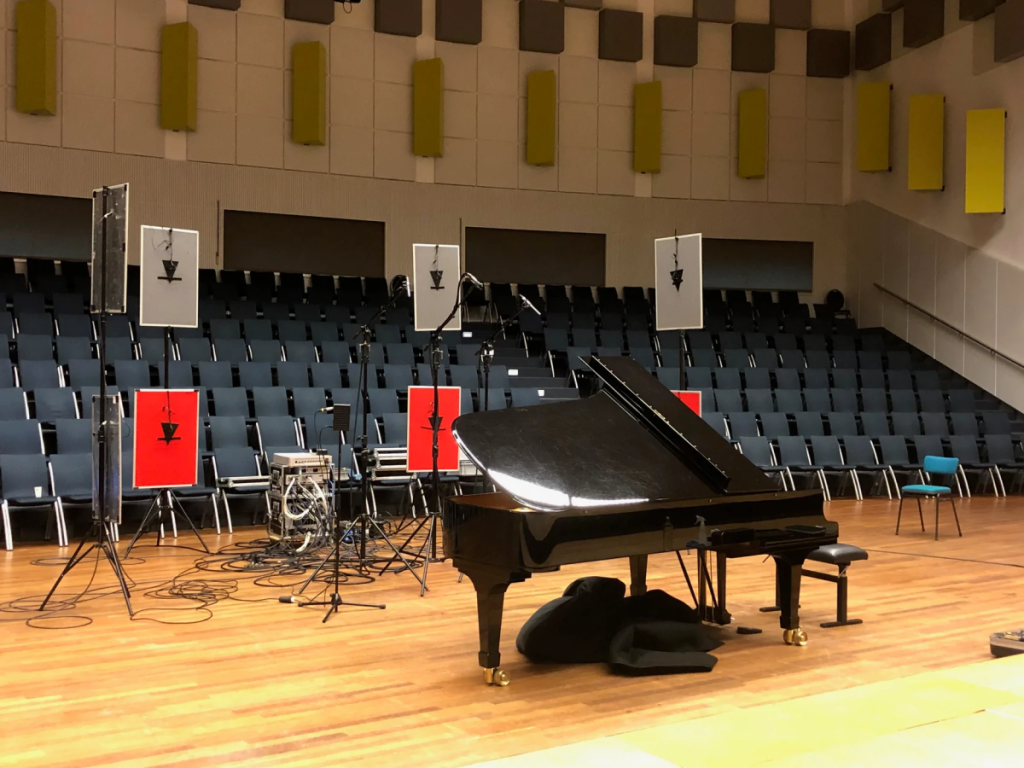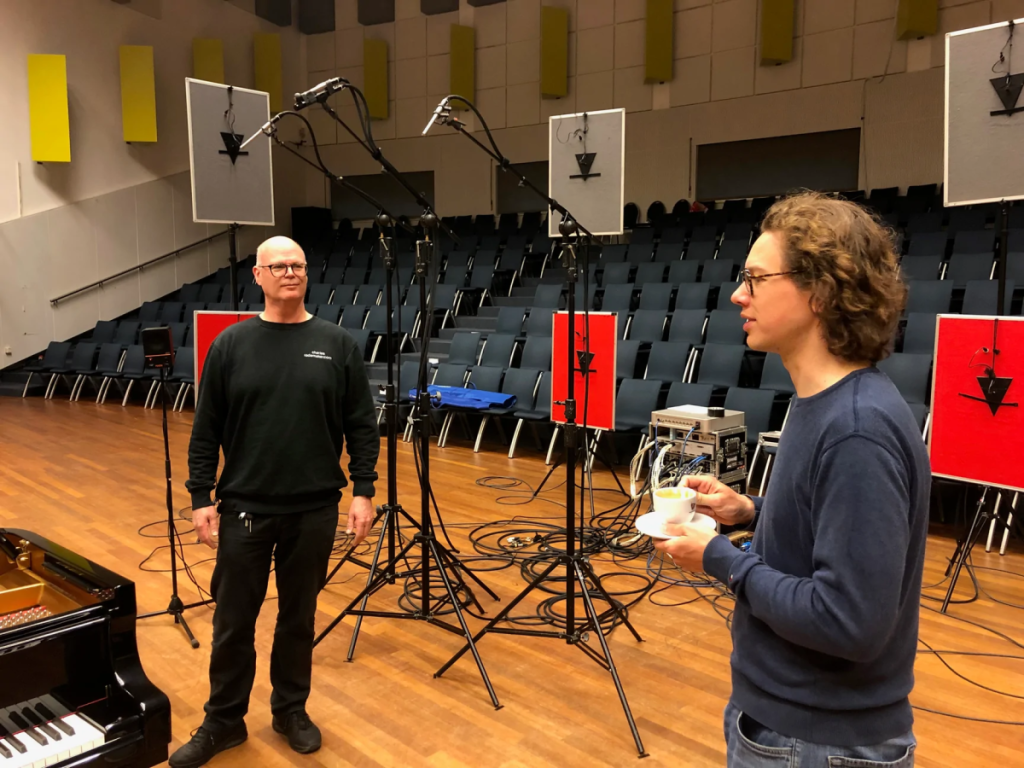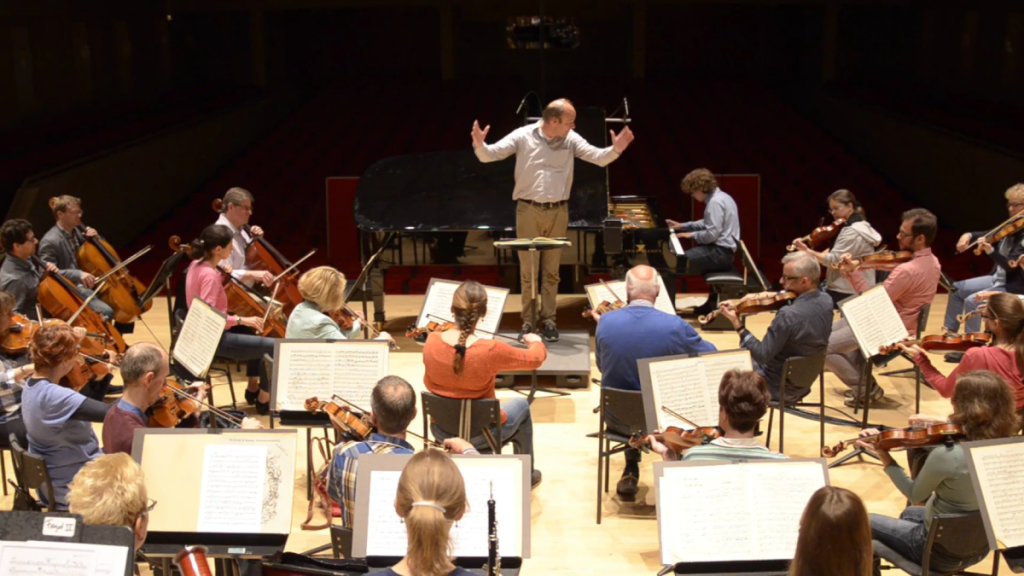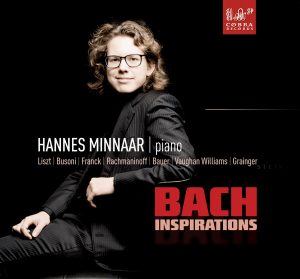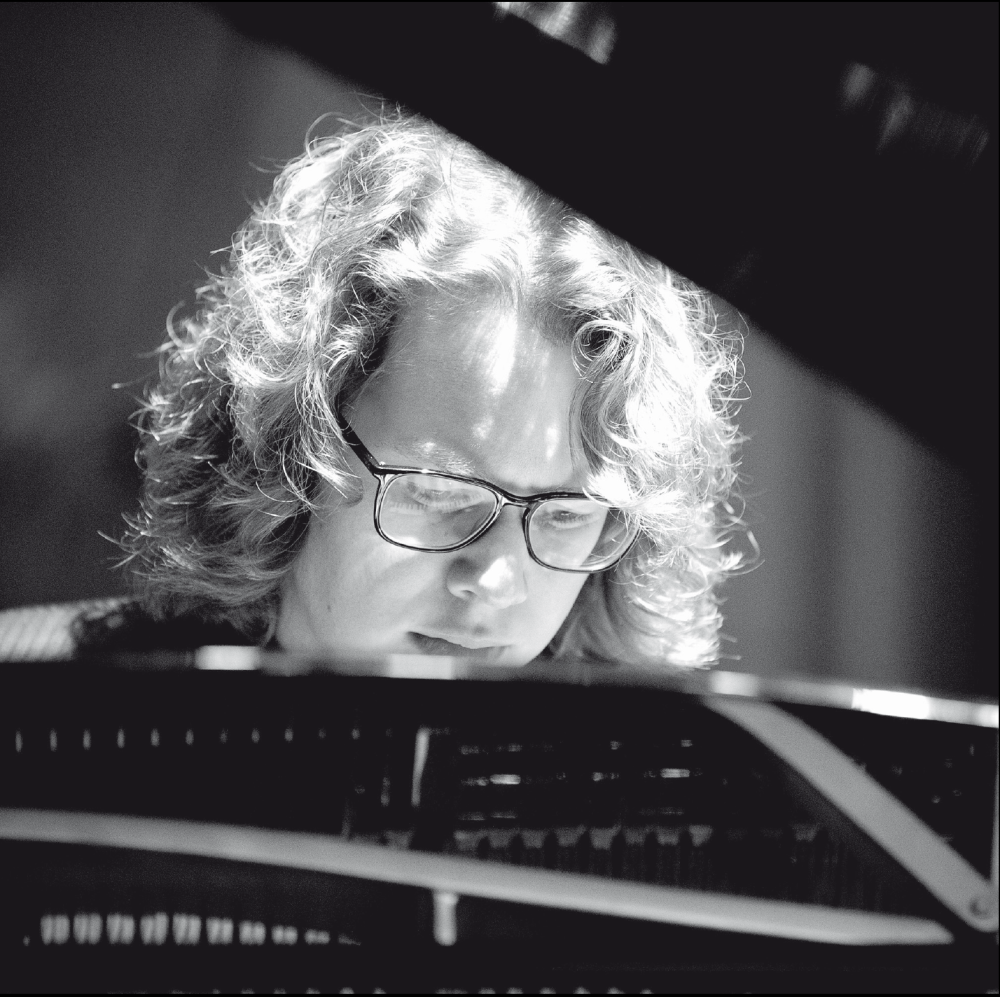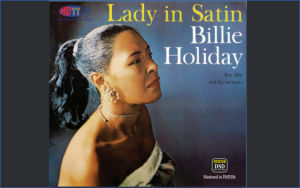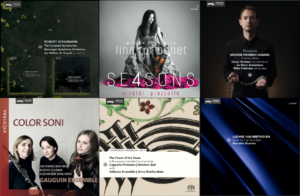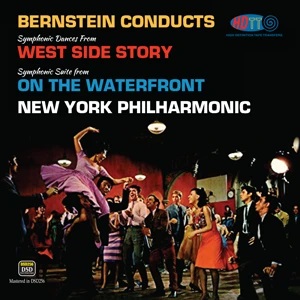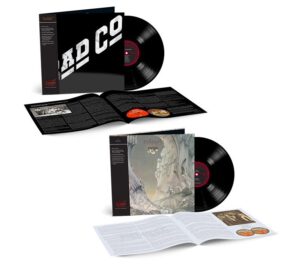I've written before about the recordings of pianist Hannes Minnaar (see HERE and HERE). I'm writing now to share with you a new solo piano recording of the Shostakovich 24 Preludes (a marvel), an earlier recording of piano works inspired by Bach, and a scrumptious complete cycle of the Beethoven Piano Concertos with Jan Willem de Vriend and the Netherlands Symphony Orchestra. These are all performances deserving our attention.
Shostakovich 24 Preludes and Fugues, Op. 87 - Hannes Minnaar. Challenge Classics. Northstar Recordings 2022 (DXD) HERE
After Bach's Goldberg Variations, which won him worldwide honors (including a Diapason d'Or) (my review HERE), Hannes Minnaar confronts what has become a "classic" of the 20th century repertoire: Shostakovich's Preludes and Fugues, composed in 1951. And we are the beneficiaries of yet another wonderful performance by a gifted artist. Shostakovich's Preludes and Fugues (1950-51) present immense challenges of focus and empathic community with the composer's intentions. Minnaar's flexibility of touch, his facile transitions between tension and tranquility, his natural finesse in phrasing and articulation, all combine to make these compelling performances. He convincingly pours forth a kaleidoscope of color in a continuing flow of pure brilliance. And it all sounds effortless. What moves these performances to yet a higher level is Minnaar's lack of any affectation—he plays it straight, there is no gratuitous flamboyance. What a joy.
The excellent recording by Bert van der Wolf is similarly "played straight." What we get is a very natural sounding capture of the piano in a real acoustic setting. No spotlighting, microphones suitably placed to capture the full timbre and resonance of the piano, and an acoustically very suitable venue with the Muziekcentrum van de Omroep, MCO-1, Hilversum.
Recording session setup in the Muziekcentrum van de Omroep, MCO-1, Hilversum. The bottom photo shows Hannes Minnaar (right) with piano technician Charles Rademaker. Note that the additional microphones on stands with grey and red panels are for the multi-channel immersive surround sound release that is additionally available. I'm listening to the stereo DXD release.
Beethoven Piano Concertos (Volumes 1, 2, 3), Hannes Minnaar, Jan Willem de Vriend, Netherlands Symphony Orchestra. Challenge Classics. Northstar Recordings 2015, 2017 (DXD) HERE
Coming off an exceptional cycle of the complete Beethoven Piano Trios with the Baerle Trio (review here), it seems natural that Hannes Minnaar would wish to pursue the challenge of the complete Beethoven Piano Concertos. But moving from chamber music to soloist in an orchestral performance is not a transition made lightly. But for Hannes Minnaar, it is a transition and resulting set of performances that is unalloyed success. Of course, having an superb partner in conductor Jan Willem de Vriend certainly improves one's odds of success.
Minnaar's and de Vriend's approach to these concertos is to, largely, meet Beethoven in his own space and time circa 1795-1809 when these concertos were composed. Yes, they are using modern instruments, but their entire aesthetic is aligned to the period. Minnaar's Steinway & Sons concert grand has been tuned to the adapted historical Kirnberger II tuning, according to the booklet. No more information is provided, but this likely means a move to meantone tuning. The effect is to give the piano a warmer, somewhat softer, tone. Certainly not the brilliant (call attention to me!) tone so often heard today.
And Jan Willem de Vriend has worked with the Netherlands Symphony Orchestra long enough as of the date of these recordings to rub off some of the tendency to use lots of vibrato and to introduce the use of natural brass, giving distinctive color. De Vriend's background is in music of the Baroque and Classical periods serving as the artistic director of the Combattimento Consort Amsterdam from 1982 – 2013 and performing lesser known operas by Gassmann, Rameau, Heinchen and Haydn, as well as familiar operas by such composers as Monteverdi, Handel, and Mozart. Let us say that he comes with strong sensibilities around historically informed performance practice.
But this is no HIP performance of Beethoven. No, not by any means. Instead, it is a judicious balance of a sound character that is more of the period of Beethoven while fully utilizing the dynamic range and power of a modern orchestra and modern concert grand piano. And, for me, this makes their cycle a most enjoyable and fresh sounding experience.
Characteristically of both Minnaar and de Vriend, the performers don't try to be memorably distinctive. The are in service to the music, not to self-aggrandizement. And yet they play with passion and energy. I find this a most notable characteristic of Minnaar's performances over many recordings. Whether Bach, or Faure, or Ravel, or Shostakovich, or now Beethoven, he consistently allows the music to come first. His technique is supreme, but he is never showing off. His playing is entirely in service to the composer and the composer's music. Minnaar's performances are always buoyant, quietly energized, and convincing.
This is a complete concerto cycle that I could happily live with as my only set of these works. I don't think anyone would be disappointed in them. As another reviewer noted in the Guardian, "this is classical rather than revolutionary Beethoven, and yet Minnaar’s detailing confounds our expectations enough to give the performances real character."
Will these performances replace your favorite Richter, Brendel, Rubinstein, Fleisher, Kempff, Katchen, Kovacevich, et al, recordings? No. Various of these may have greater emotional force, higher drama, fancier dazzle... whatever tugs at you. But, are these performances from Minnaar and de Vriend satisfying? Yes. Very much so. And enough so that I will be returning to them by preference many times.
In sum, I recommend these performances to you most highly, whether as an addition to you library or as your only copy.
The sound quality from producer and recording engineer Bert van der Wolf is everything we've come to expect: beautifully detailed, excellently balanced, delightfully open, and full of air. Superbly well done.
Bach Inspirations - music of Liszt, Busoni, Franck, Rachmaninoff, Bauer, Vaughan Williams, Grainger - Hannes Minnaar. Cobra Records 2013 (DSD64) HERE
The modern grand piano on which Hannes Minnaar plays did not exist when Bach composed. But Liszt, Busoni and Rachmaninov all found no impediment in taking Bach's music to the larger more resonant instrument. And given that a number of the pieces were written for organ, it's an easy transition. Minnaar starts with the almost literal transcription by Liszt of the Prelude & Fugue in A Minor, BWV 543, and then moves to more and more inventive arrangements and pure original compositions by Busoni, Franck, Bauer, Vaughan Williams, and Grainger, all inspired by Bach.
In the case of both Franck's Prélude, Choral et Fugue and Liszt's masterly Fantasie & Fugue on the theme B.A.C.H. (in which I find Minnaar's performances as powerful and compelling as any I know), we have completely original compositions that pay homage to the Baroque master.
We mainly hear transcriptions of all kinds of Bach evergreens, including the very fanciful arrangement that Percy Grainger made of Schafe können sicher weiden. In addition, there are beautiful interpretations of Wachet auf, ruft uns die Stimme, BWV 645 ('Sleepers, awake'), Nun komm'der Heiden Heiland. BWV 659, and the Violin Partita No. 3, BWV 1006.
Minnaar plays with a delicacy of touch, flowing lines, and precise phrasing. He is not afraid to add dynamic shading and thoughtfully introduced pauses for emphasis and to add greater meaning. But, as usual with Minnaar, it is not about him; his performance is completely about the music. And his programming for this album is very nicely done; lots of variety but true to his theme throughout.
The recording in this instance is from producer and recording engineer Tom Peeters (interview HERE) for his Cobra Records label. As usual for Tom's recordings, we have a very natural sounding acoustic space as the venue with microphones placed to allow the sound of the piano to breathe while still capturing excellent detail. Nicely done!
Photos courtesy of Northstar Recording and Cobra Records.





